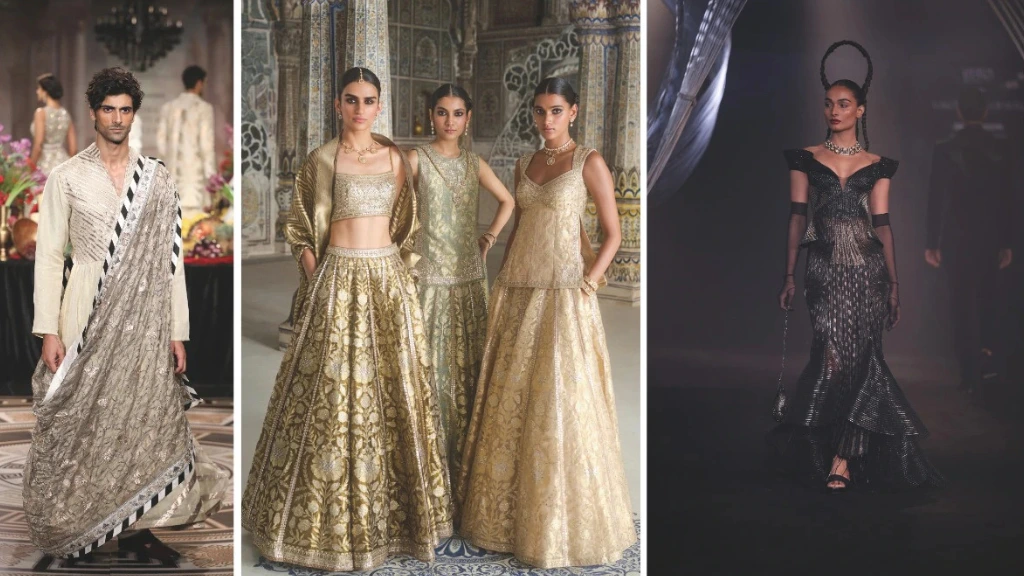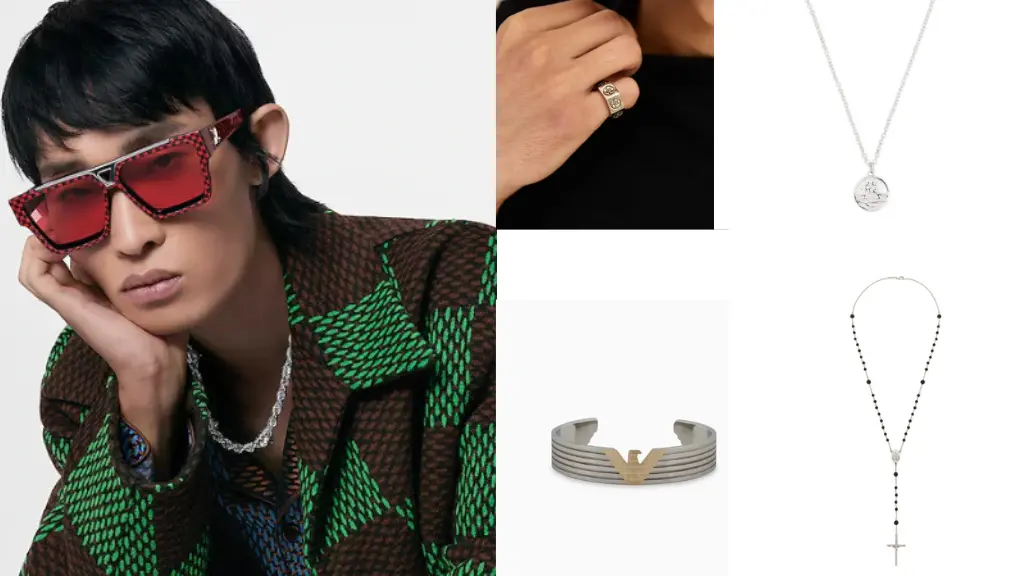In recent years, a remarkable shift has taken place in the fashion industry, driven by a new generation of homegrown designers who are reimagining traditional crafts for a contemporary audience. As consumers become more conscious of sustainability, cultural heritage, and the stories behind the garments they wear, these designers are stepping into the spotlight with fresh perspectives and innovative designs.
This blog explores how these talented artisans are blending age-old techniques with modern sensibilities, creating a vibrant and dynamic fashion landscape that celebrates both tradition and innovation.
You May Also Like: Behind the Glamour: The Truth About Working for a High-Profile Boss
The Rise of Homegrown Designers
The fashion industry has long been dominated by established luxury brands and global conglomerates, but the recent trend of supporting homegrown designers is reshaping the landscape. A combination of factors—such as the rise of social media, increasing consumer awareness of ethical fashion, and a growing appreciation for craftsmanship—has led to a renewed interest in local designers who draw inspiration from their cultural roots.
Homegrown designers often possess a deep understanding of the materials and techniques unique to their regions. They’re not just creating clothes; they’re weaving narratives that connect fashion with heritage, identity, and personal stories. By prioritizing local craftsmanship and sustainable practices, these designers are appealing to a contemporary audience that values authenticity and originality.
Blending Tradition with Modern Aesthetics
One of the most exciting aspects of homegrown designers is their ability to seamlessly blend traditional craftsmanship with contemporary aesthetics. These artisans often take inspiration from their cultural backgrounds, infusing their designs with elements that reflect their heritage. However, they also understand the importance of creating garments that resonate with modern consumers.
For instance, many designers are incorporating traditional weaving techniques, embroidery, or dyeing methods into their collections while experimenting with modern silhouettes and styles. The result is a fresh interpretation of cultural textiles that feels both nostalgic and relevant. This fusion of old and new not only showcases the beauty of craftsmanship but also allows designers to tell compelling stories through their work.
Take, for example, the resurgence of handwoven textiles in contemporary fashion. Designers are reinterpreting traditional patterns and textures, creating garments that are visually stunning while also celebrating the skills of local artisans. By modernizing these techniques, they are attracting a new audience that appreciates the artistry behind each piece.
Sustainability: A Core Value
As sustainability becomes an increasingly critical issue in the fashion industry, homegrown designers are leading the charge toward more responsible practices. Many of these designers prioritize eco-friendly materials, ethical production methods, and fair trade practices, ensuring that their creations have a minimal environmental impact.
By sourcing materials locally and collaborating with artisans who have honed their skills over generations, these designers are not only preserving traditional crafts but also supporting their communities. They understand that sustainability is not just a trend but a fundamental aspect of creating meaningful fashion. By embracing slow fashion principles, they offer an alternative to the fast-fashion model that has dominated the industry for decades.
Moreover, many homegrown designers are committed to transparency in their supply chains. They share the stories behind their materials and the artisans who craft them, fostering a deeper connection between consumers and the products they purchase. This transparency resonates with a contemporary audience that seeks to make informed choices about the brands they support.
Celebrating Cultural Heritage
For many homegrown designers, their work is a celebration of cultural heritage and identity. By drawing on their roots, they create pieces that honor their traditions while also pushing boundaries. This celebration of heritage is particularly important in a globalized world where cultural appropriation can dilute the significance of traditional crafts.
Designers are increasingly using fashion as a platform to highlight the richness of their cultures. They’re telling stories through their collections that reflect their values, beliefs, and histories. This approach not only enriches the fashion narrative but also fosters a greater appreciation for diverse cultural expressions.
For example, some designers are reviving traditional garments that have been forgotten or marginalized, adapting them for contemporary wear. This process not only gives new life to these pieces but also raises awareness about their cultural significance. As a result, consumers are encouraged to engage with the history and meaning behind what they wear.
The Role of Technology and Social Media
The rise of social media and technology has been a game-changer for homegrown designers. Platforms like Instagram and TikTok provide these artisans with a global stage to showcase their work, allowing them to connect with a wider audience and tell their stories in innovative ways. Through visually captivating content, designers can communicate their aesthetic, values, and the craftsmanship behind their creations.
Social media has also fostered a sense of community among designers and consumers. Many homegrown designers engage directly with their audience, sharing behind-the-scenes glimpses of their creative process and inviting followers into their journeys. This direct interaction builds loyalty and fosters a sense of belonging among consumers who appreciate the authenticity and creativity behind the brand.
Furthermore, technology has enabled designers to streamline their production processes, making it easier to create unique, limited-edition collections. This approach not only minimizes waste but also creates a sense of exclusivity that appeals to consumers seeking one-of-a-kind pieces.
Challenges and Opportunities
While the rise of homegrown designers presents exciting opportunities, it also comes with its share of challenges. Competing against established brands with larger marketing budgets and distribution networks can be daunting. However, the growing demand for unique, sustainable fashion provides a silver lining.
To thrive, homegrown designers must continue to innovate and adapt to changing consumer preferences. Collaborations with other artists, participation in fashion shows, and strategic partnerships can help amplify their visibility and reach. By leveraging their unique narratives and craftsmanship, they can carve out a niche in the ever-evolving fashion landscape.
Looking Ahead: The Future of Homegrown Design
As the fashion industry continues to evolve, the contributions of homegrown designers will play a crucial role in shaping its future. Their commitment to sustainability, cultural heritage, and innovative design is paving the way for a new era of fashion that values authenticity and responsibility.
In the coming years, we can expect to see even more collaboration between homegrown designers and established brands, as the industry recognizes the importance of preserving traditional crafts and supporting local artisans. As consumers become increasingly conscious of their fashion choices, homegrown designers will be well-positioned to meet this demand, offering unique, meaningful pieces that resonate with today’s values.
Conclusion
Homegrown designers are breathing new life into the fashion industry by reimagining traditional crafts for a contemporary audience. Through their innovative designs, commitment to sustainability, and celebration of cultural heritage, these artisans are creating a vibrant and dynamic fashion landscape that honors the past while looking toward the future.
As consumers, we have the power to support these designers and celebrate their contributions to the industry. By choosing to invest in their work, we not only acquire unique and beautiful pieces but also become part of a movement that values craftsmanship, creativity, and cultural significance. The future of fashion is bright, and it’s being shaped by the talented hands of homegrown designers who are daring to dream, innovate, and inspire.










